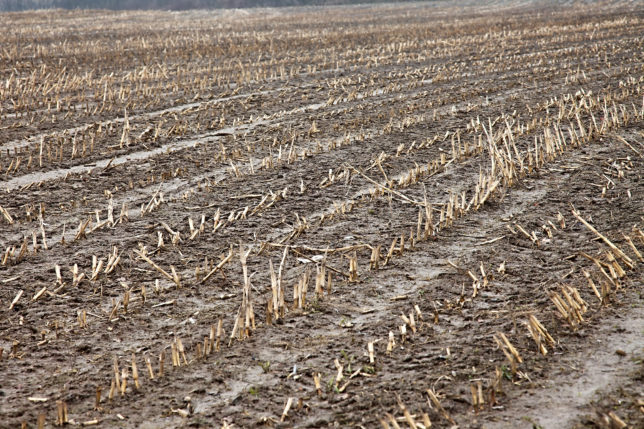Most of Saskatchewan is currently not at much risk of an overly wet spring. According to Mitchell Japp, provincial specialist for cereal crops at Saskatchewan Agriculture, most of the province has moderate snow cover, but is facing some warming temperatures in the next while which might impact those levels.
“We went into fall with good soil moisture,” he says. “The south east of the province has more snow than the balance of the province; however, at this point in the season, I am still advising growers to focus on all the best agronomic practices available when they are planning for 2017.”
The key this year will be to gear up to take advantage of a spring with plenty of moisture. Do all those good agronomic practices that ensure the crop will emerge fast and evenly, which gives it the best opportunity to meet its full yield potential over the course of the growing season.
“Taking advantage of good moisture means paying attention to the details,” says Japp. “Once the crop rotation is determined, then it’s down to things like the fertility plan, seeding only to moisture, making sure the seeding rate is sufficient, and considering using a seed treatment.”
Seed treatments are beneficial particularly if it is wet after seeding. This is the ideal environment for root rots and seedling diseases to thrive. Seed treatments are also beneficial if emergence might be delayed, disease pressure could be higher than average or where there might be seed issues to deal with.
“Research conducted by Brian Beres at Ag Canada in Lethbridge on winter wheat showed that the combination of healthy seed, proper seeding rates, and seed treatment produced the most consistent yield result,” says Japp.
Some crops do better in moisture than others. Soybeans like moisture, but not flooding or cold. The key to considering what crops to seed becomes more of an issue if the wet conditions delay seeding. If that happens, then all field operations can be compromised. Weed control, fertilizer applications, as well as seeding can be impacted. In some years, things have been so bad, winter wheat was the only crop that could be seeded toward the end of the season.
“The key at this time of the season, and almost every year, is to be prepared to adjust and tweak plans as you see changes in the outlook for spring,” advises Japp. “The changes you might have to make would be when to seed depending on accessibility based on ground conditions as we look ahead. But in mid-February, we have a long way to go before we have a good handle on what hand we’re going to be dealt.”







Leave A Comment